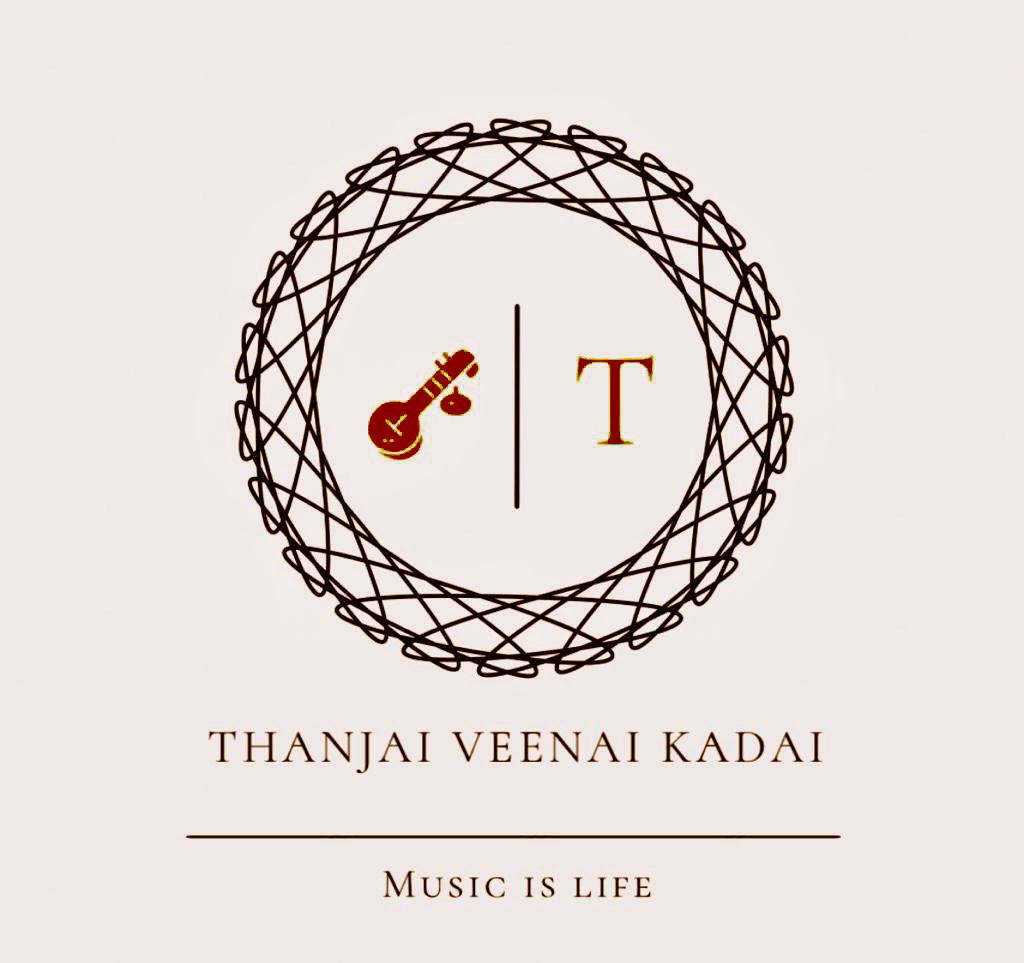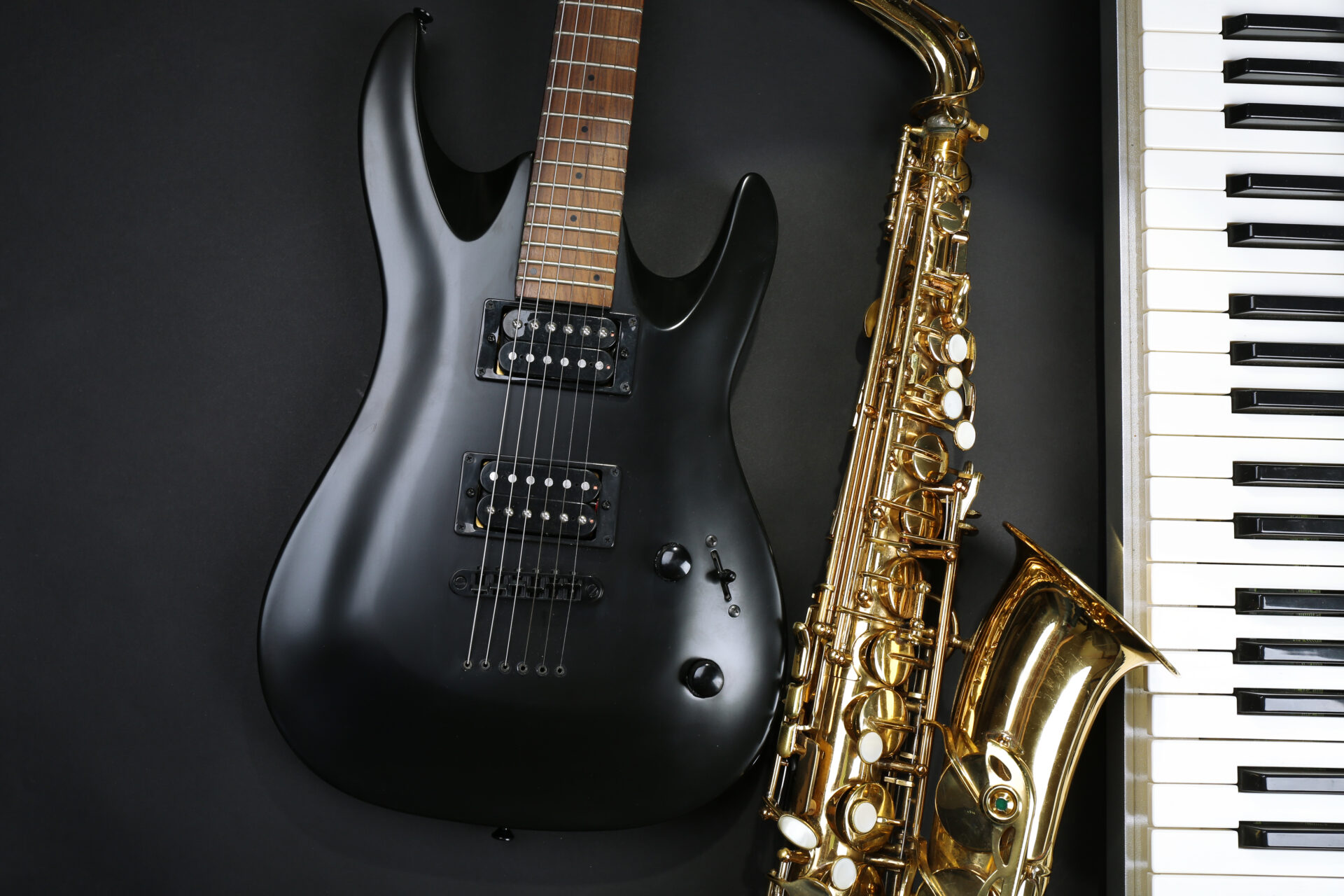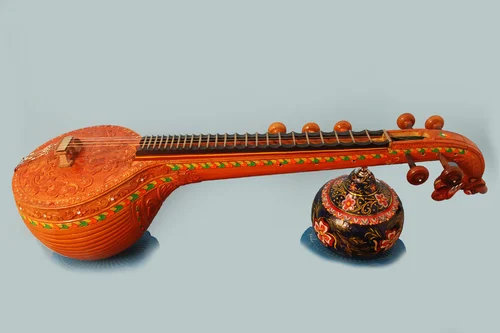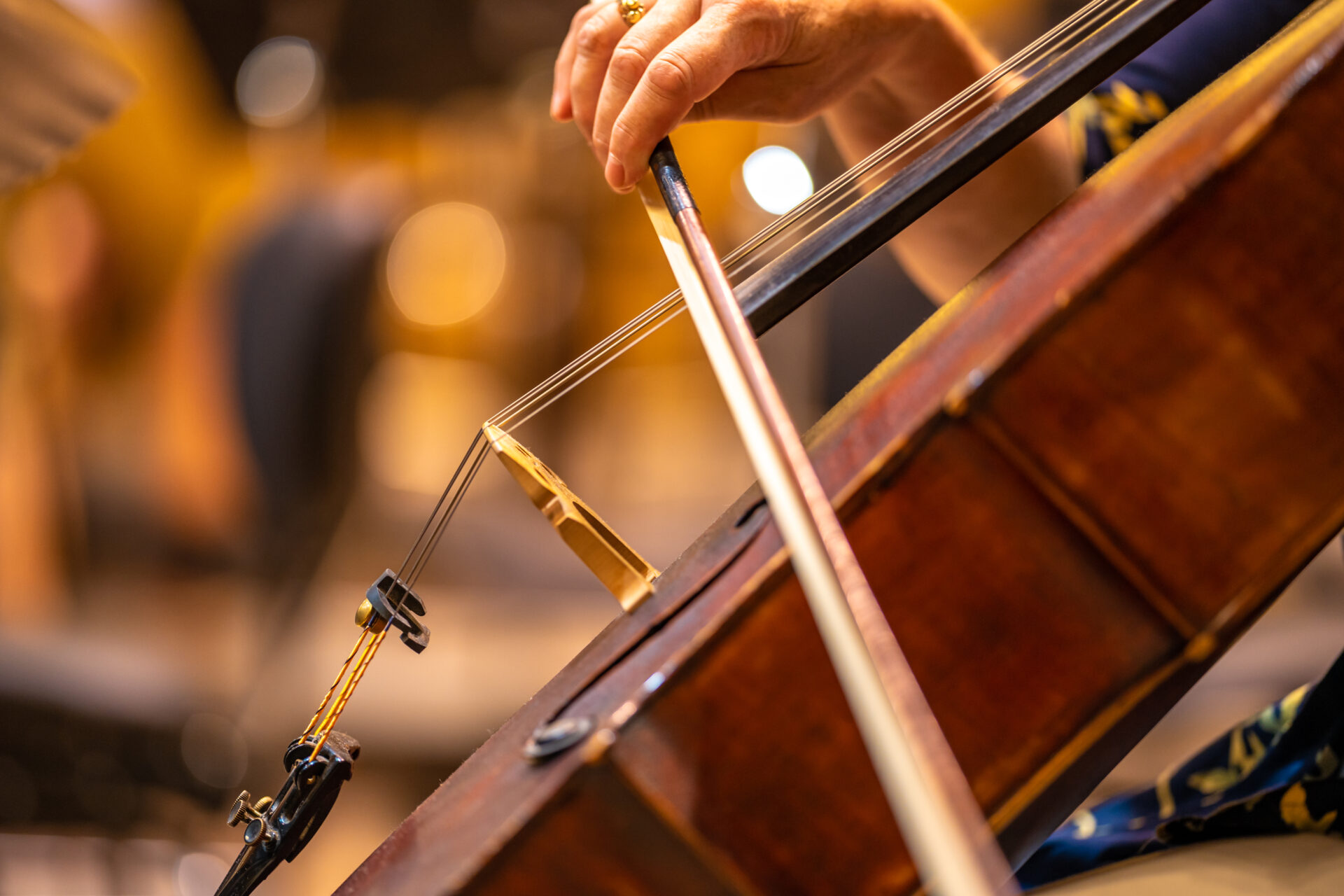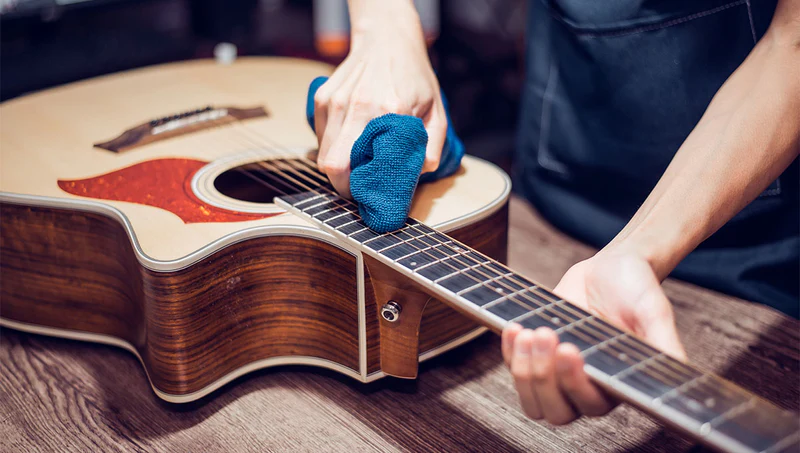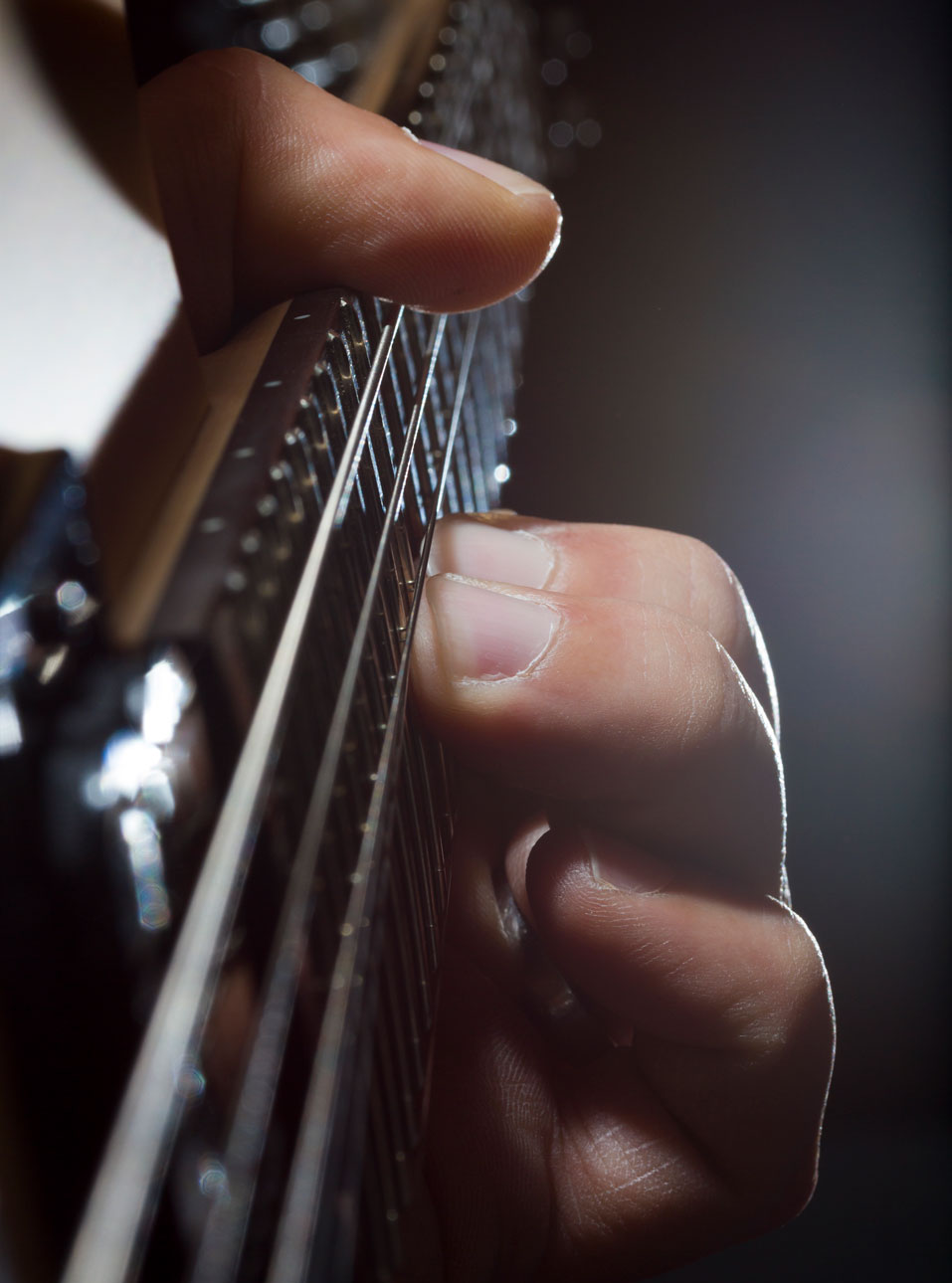Veena Repair Shop Near Me
At Thanjai Veenai Kadai, we are here to serve you to buy any Musical Instruments. We love all Indian musical instruments, Veena, guitars, bass, amplifiers and accessories and it is our pleasure to assist all our customers to choose the perfect tone. You’ll find everything you need – and all at the lowest prices in the city Shop with us now. We have a veena repair service also.
Thanjai Veenai Kadai, helps you to buy the best musical instruments depending on your needs. We also deal with range of Veena for beginners as well as professionals. Visit our Veena Instrument repair shop in Chennai. We also help in repairing most of the musical instruments such as Veena, Harmonium , guitars, violin etc.
Our Thanjai Veenai Kadai, Musical shop in Chennai serves you everything you need to be a Musician. Latest featured instruments include Best veena, Harmoniums, Guitars, Violins, Sitar, Casio Keyboards, yamaha keyboards and more.
Guitar Servicing Near me
We offer repairs and maintenance on guitars, basses, violins, harmoniums, dholak, tabla and much more. All instruments can benefit from a setup by a Thanjai Veenai Kadai.
Our Thanjai Veenai Kadai, Musical shop in Chennai serves you everything you need to be a Musician. Latest featured instruments include Best Guitars, keyboards and more.
- Restringing
- Frett Board Straightening
- Bridge & Saddle Setting
- Body Fixing
- FRETT Setting
- FRETT Wash
- Bridge & Saddle Setting
- Body Fixing
Best Harmonium Servicing
Our Thanjai Veenai Kadai, Musical shop in Chennai serves you everything you need to be a Musician. Latest featured instruments include Best Harmoniums in Chennai
- Tuning
- Bellows Rebuild
- All changer related Repairs
- Action Repairs
- Coupler Repairs
- Outer case Restoration
Veena Repair Service in Chennai
Our Thanjai Veenai Kadai, Musical shop in Chennai serves you everything you need to be a Musician. Latest featured instruments include Best Veena in Chennai
- Veena Servicing
- Veena Tuning
- Veena Restringing
- Veena Mela making
- Veena Bowl (Koda/Kodum)
- Veena Breakage Restoration
- Veena Polishing
- Birate/Biredai Setting
Violin Repair at home
Our Thanjai Veenai Kadai, Musical shop in Chennai serves you everything you need to be a Musician. Latest featured instruments include Best Violin in Chennai
- Violin Restoration
- Violin Soundpost Setting
- Violin Bridge Setting
- Violin PEG Fixing
- Violin Restringing
We promise to provide you with the best products for the best price and will never sell you a Musical instrument that’s anything but high quality. Join our musical family by walking in to catch upon the daily offers or purchasing musical equipment from us. Contact us 9710689383 to learn more.
